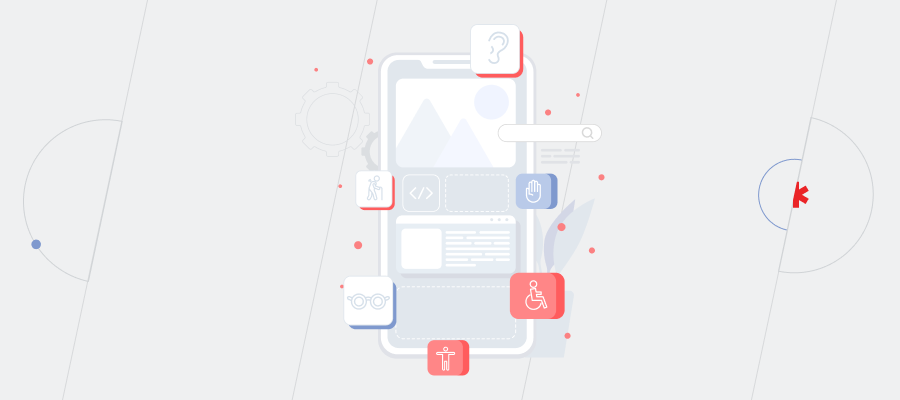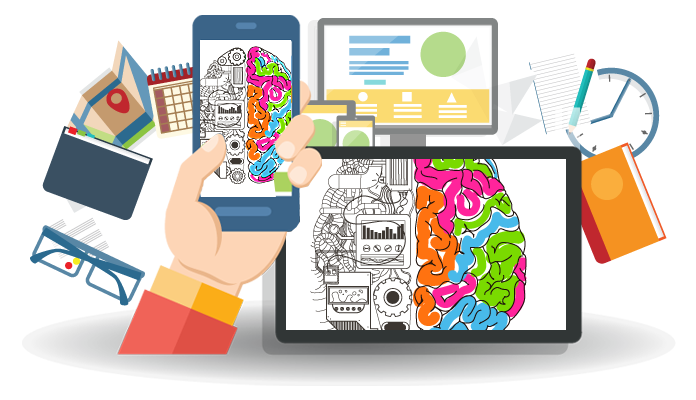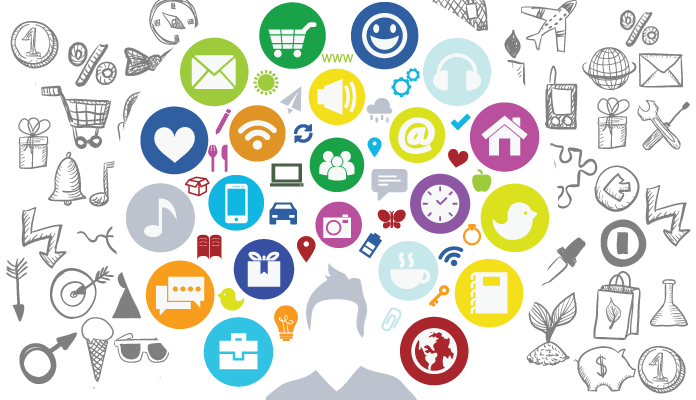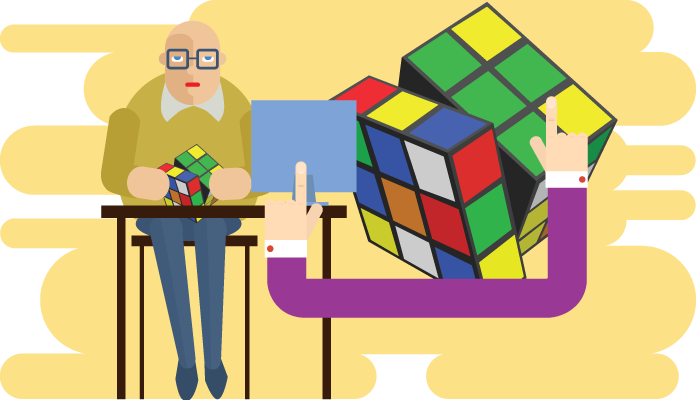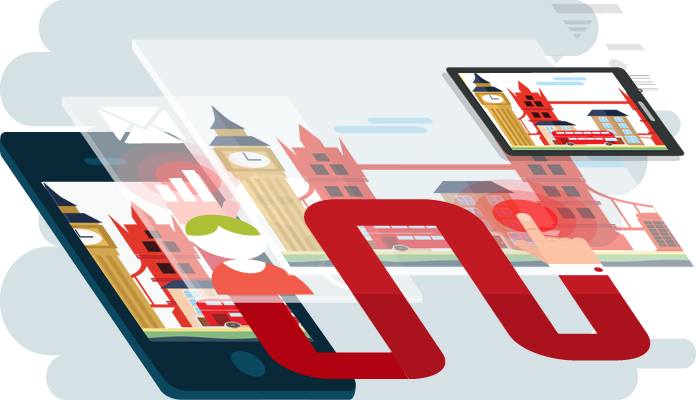Updated: January 10, 2025
Contents
- Talking money and statistics: how good UX design grows your bottom line
- Is your UX/UI design a hit or a miss? These metrics will tell
- 6 UX best practices for 2025 and beyond
- Walking the talk: 3 UX moves for maximum business gains
- Run a self-check: are you making the most of UX design?
- Make UX work both for you and end users
Any way you slice it, we can’t discuss the business success of digital products without bringing user experience (UX) into the equation, as it directly impacts customer experience (CX).
A single bad interaction – that’s what it takes to lose 88% of first-time users. Moreover, 46% of these unsatisfied customers will spread the word about their negative experience with your product, magnifying its failure.
On the bright side, UX design excellence is within the grasp of every business, and, as we see in our work, 85% of churn cases can be foreseen and prevented.
Which UX best practices can help you uncover unmet user needs, attract customers to your software product, and retain them? Check out our guide on how to reach high conversion and retention rates, ensure consistent user base growth, and increase customer loyalty and satisfaction — all with business-driven UX design.
Talking money and statistics: how good UX design grows your bottom line
Surveys by McKinsey, Forrester, and UX Planet leave no doubt that well-honed user experience can move the needle:
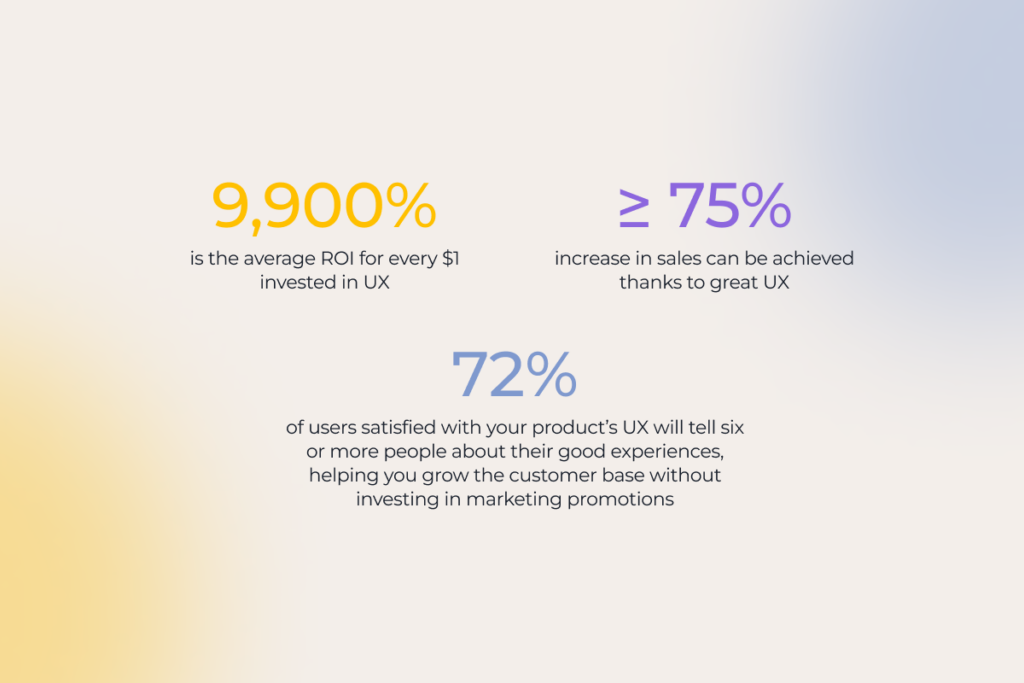
The success of UX design-led companies, such as Apple, Netflix, Amazon Prime, etc., only proves this data. The best design performers increase their revenues at nearly twice the rate of their competitors.
Is your UX/UI design a hit or a miss? These metrics will tell
At *instinctools, we’ve polished our UX approach with hundreds of real-life projects and built a solid UX value framework to gauge the worth of the user experience design in a way that matters to businesses. Our framework combines both quantitative and qualitative metrics and ensures every design choice is perfectly calibrated against your business needs:
- Conversion rate is the percentage of users who have completed the desired action.
- Customer satisfaction score shows the number of users who identified the product’s UX as fantastic.
- Net promoter score unveils how many customers are likely to recommend your product to others.
- Task completion rate reveals how long it takes users to complete a task successfully.
- Task success rate indicates the percentage of people who finished a task.
- User error rate displays how many mistakes users make while completing an action.
- User retention rate highlights the number of customers who have engaged with your product again.
- Real user feedback is always the primary driver of your UX design strategy.
There’s no need to track all the metrics to assess the viability of your UX strategy. Monitoring several indicators that align with your project’s goals is enough to evaluate the outcomes. For example, a healthcare startup will likely focus on user retention and average session depth rate, while an ecommerce enterprise will track conversion rate, net promoter score, and industry-specific cart abandonment rate in the first place.
6 UX best practices for 2025 and beyond
Our senior and lead UX designers listed vital UX best practices to match user-centric design and a business-driven approach to product development and help your software pack a punch.
Put the user first
Releases of user-ignorant solutions aren’t rare – every fourth project fails because of market mismatch, with even some companies at the top of the Fortune 500 list not being spared from this fate.
For instance, in 2010, Apple introduced iTunes Ping – a social network for finding people with similar music tastes. However, the service didn’t find support among users and was shut down two years later. It’s safe to say that UX limitations played their part in the project’s failure, making the minimum viable product not viable at all. For example, when creating an account, users could select only three favorite music genres from a very limited number of options. And that was, among other things, just one of the deal breakers that averted music lovers.

Sure thing, rolling out a software product isn’t a one-man show. However, there’s also no doubt that it was under-researching user expectations regarding UX that came back to bite the creators.
If an Apple-scale company can stay on the podium of a market leader even after a costly misstep, smaller companies are less likely to roll with such a punch and should build their products with a customer-centric culture in mind from the onset.
Developing a product around customer experience starts with watching, listening, and learning about the market niche and your potential customers.
To drive high user satisfaction scores for your product, double down on market research and analyze user behaviors, documenting findings in user personas and customer journey maps.
An in-depth investigation of user demands can help you spot friction points in the design patterns of currently available products and, thus, find your gold mine. Remember how Uber’s ride-sharing service disrupted the taxi industry? Showing upfront prices and driver ratings and enabling cashless payment was the ultimate step-up in user experience and competitive advantage over traditional taxi services. Thus, discovering and addressing the customers’ desires with a thought-out UX was a secret sauce that assured the startup’s smashing commercial success.
Create a tailored design system for your product
A UX/UI design system is a collection of standards and reusable elements — ‘building blocks’ — that make designing your product smoother and more cohesive. Common examples of robust design systems you can look at for inspiration are Material Design for Android-targeted mobile apps and Human Interface Guidelines for iOS. It doesn’t mean though, you have to create something as massive as those systems. Your design system can be as simple (or complex) as your project needs.
Be aware of relying on an open-source design system. Although it might seem like a quick win at first, the initial boost often comes with a hidden cost down the line. As your project grows, open-source design systems tend to struggle with seamless scaling. Their code bases can age fast, and the frustrating part is, you’re stuck. You can’t just fix things easily, and you’ll end up creating workarounds that slow development and drive up costs.
— Aliaksei Saukhin, Lead UX Designer, *instinctools
Having a single design system improves overall UX/UI consistency and speeds up the development process, as front-end developers don’t have to craft interface components from scratch every single time. Faster time to market, simplified product scalability, and lower development cost in the long run also make a unified design system worth investing in.
The fundamental elements of a decent design system include but are not limited to:
- Component library with reusable chunks of code. These smallest atoms are the foundation of the product’s functional and visual elements and can be used alone or seamlessly combined to build more complex items.
- Pattern libraries represent the next – molecular – level of your design system. Each pattern is a set of components addressing common UX tasks, such as creating a login flow with buttons and input fields, notifications with progress bars, etc.
- Brand style guidelines specify rules related to typography, colors, buttons, images, logo placement, etc., to ensure a consistent look and feel of your brand.
- Design principles are a searchable archive with all the documentation and libraries relevant to the project. Having one fast-tracks the onboarding of new designers and front-end developers and the entire process.
For one-off projects setting up a full-blown design system is superfluous and might actually slow down the design process. In such cases, having style guidelines and a pattern library is enough.
— Valeria Lazar, Senior UX Designer, *instinctools
Nurture UX design consistency
Functional and visual consistency is a heavy hitter for ensuring a seamless user experience, especially if you offer several related products. We suggest utilizing familiarity and following common UX patterns users expect from specific platforms. For example, iPhone users aren’t familiar with the split screen feature typical for Android-based interfaces, and misusing this and other standards contributes to customer dissatisfaction.
There are plenty of design tasks where you don’t need to reinvent the wheel and should stick to the beaten path — not doing so may directly affect business ROI. Here’s a simple example.
Let’s say you run an ecommerce business, and the goal you want your customers to achieve is a purchase. To make the CX hitch-free, you should follow shopping cart UX best practices and ensure the checkout process is straightforward and short-step. Otherwise, users may get lost halfway and leave the website, upping your cart abandonment rate.
— Valeria Lazar, Senior UX Designer, *instinctools
A lack of consistency can throw a wrench into the product development process. With a standard design system, you have a bunch of ready-to-use parts that developers can just plug in. This makes things a lot easier and faster. But if a designer goes out of the agreed standard to create something completely new, it’s gonna cost more and take longer. Developers have to build those new things from scratch, which can be a real pain.
— Aliaksei Saukhin, Lead UX Designer, *instinctools
Keep navigation and functionality simple
Complex multi-click navigation makes users struggle to find what they need, causing frustration and affecting the software’s bounce rates. Therefore, intuitive navigation with a clear hierarchy and minimum clicks to reach the goal is a must if you want to attract and retain users.
You have to meet user needs without fuss.
You can go the extra mile for a brand-new product and provide contextual in-app guidance to help users quickly grasp the unfamiliar interface and get to their goals faster.
Also, don’t overload the product with fancy but misleading features. Remember the 80/20 ratio – 20% of functionality gets used 80% of the time, so make sure to provide these linchpin product functions.
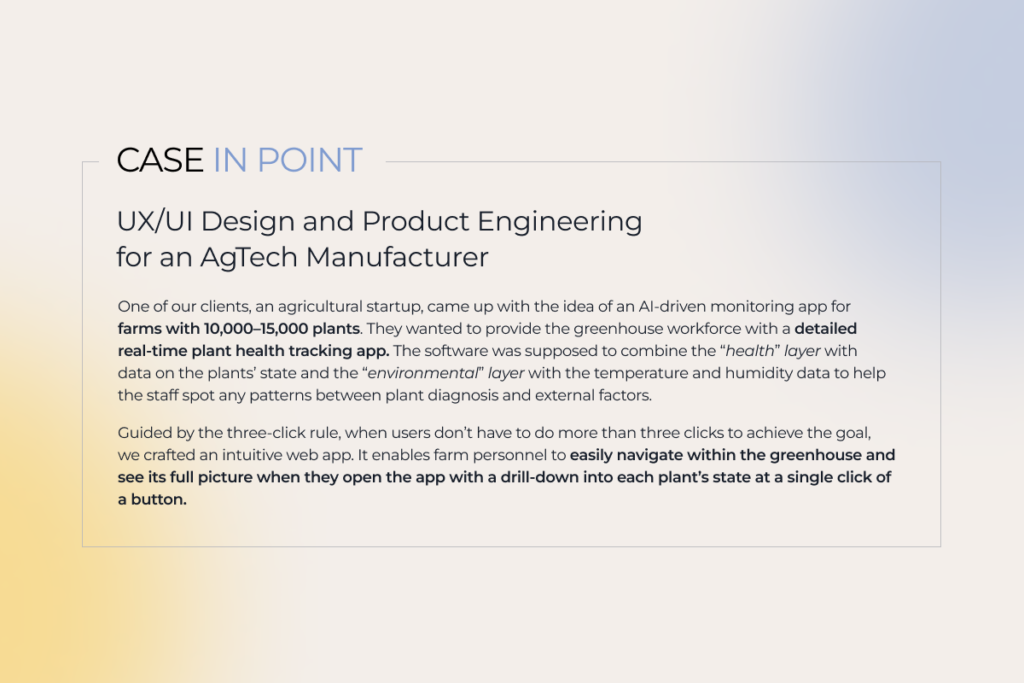
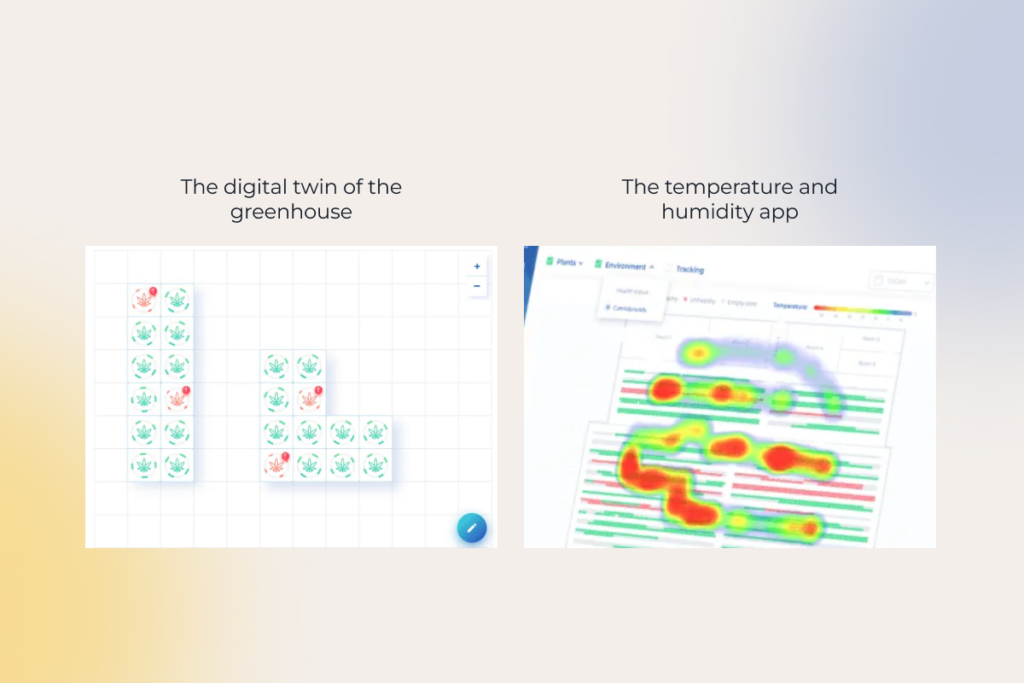
Hone product accessibility
As of 2024, 16% of the world’s population have disabilities related to limited hearing, seeing, mobility, or complex mental or emotional conditions. WAI and WCAG standards establish accessibility requirements for mobile and web apps to make them user-friendly without boundaries. The conformance level is measured from the baseline “A” to the highest “AAA”.
The bar is so high that 88% of websites have at least minor accessibility compliance issues related to images, links, keyboard navigation, and form field markup. Even ecommerce top-grossing companies such as Amazon, Ikea, Walmart, and other big names are on the list.
No one is immune to wrong design decisions and consequential accessibility issues. But it doesn’t mean that you should give up on trying to match expectations of the maximum number of potential users. Start by providing “A” accessibility and gradually level it up to “AA” or “AAA” if needed. The minimum requirements prescribe crafting a user-friendly design with:
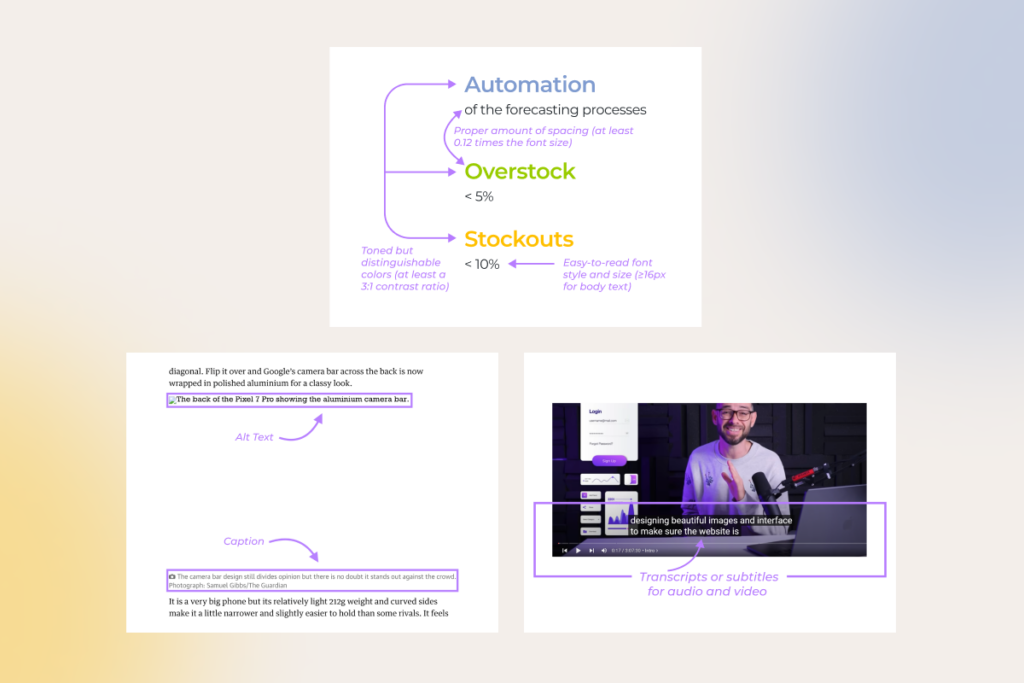
The good thing is that with the current capabilities of generative AI tools, your designers don’t have to deal with accessibility-related tasks manually. Solutions like Stark, Userway, and others empower your UX/UI experts to wipe out design-rooted issues and accelerate overall product development.
For instance, gen AI software brings the value:
- Throughout product design. AI assistants automatically scan Figma, Sketch, or Adobe files and proactively suggest changes to boost accessibility.
- After a product rollout. AI tools can be trusted to run WGAG and ADA compliance checks to diagnose violations, scan them, fix minor problems, and report the major issues in detail to the team members in charge.
Make your design responsive
Last but not least, ensure your software is displayed correctly on different devices.
We usually move from larger to smaller — start with a desktop interface and proceed with a mobile one. However, in line with our UX design best practices, the project’s context comes first. For example, if a client needs a mobile-first solution, we start with it and then widen the responsive layout to a desktop version.
— Aliaksei Saukhin, Lead UX Designer, *instinctools
Walking the talk: 3 UX moves for maximum business gains
As long as knowledge not followed by actions brings zero outcomes, our experts went beyond listing user experience best practices and highlighted three steps you should incorporate in your UX design process to increase the odds of hitting it big for your product.
Prioritize prototyping and wireframing
86% of customers are willing to pay extra for a better user experience. So, instead of treating UX as an afterthought, which is fraught with extra expenses, broken deadlines, or worse, unmet users’ expectations, you can shape up your product in the right way from the earliest stages of the development process by emphasizing prototyping and wireframing.
Wireframing, with its minimalistic black-and-white user interface sketches, helps UX designers take a step back from visual style and center on the overall logic and product functions to make the software truly user-driven.
Prototyping and wireframing are also the name of the game in identifying 20% of the most used features. To prioritize functionality easily, align user motives with the ease of feature implementation and its value for the product’s success.
We often face a situation when product owners aim to satisfy all the needs of all the users right away. Nevertheless, these good intentions can lead to a scenario in which the MVP’s scope bloats with features used by only 5% of users once in a while.
— Aliaksei Saukhin, Lead UX Designer, *instinctools
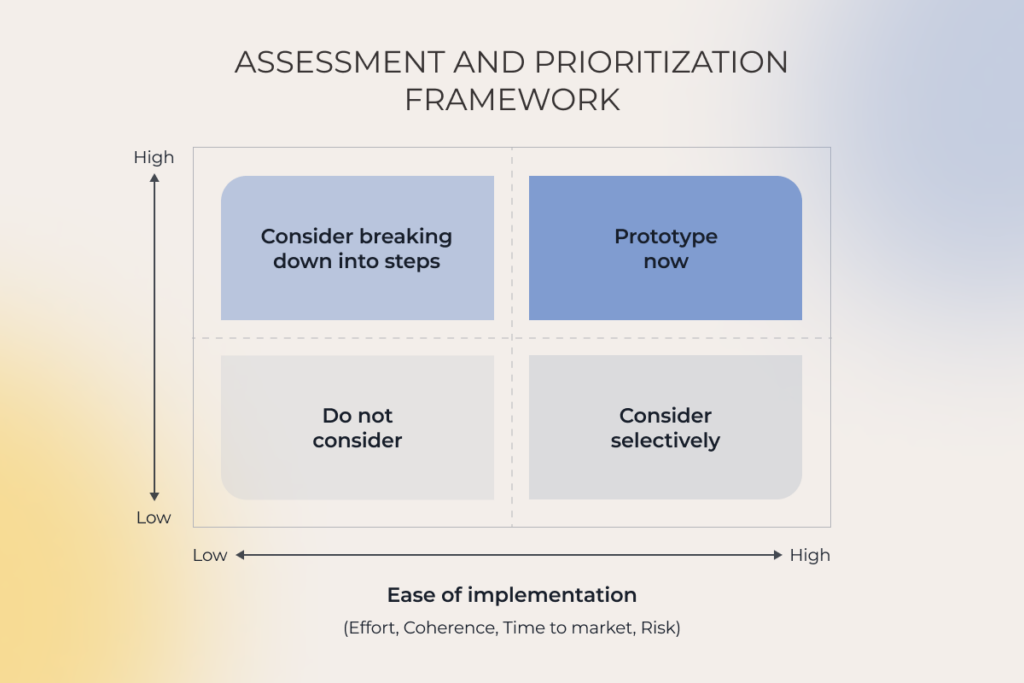
The only time when you can skip the wireframing step is when the product is already in use and you have a stable design system to rely on while adding new features. In this case, you can jump straight into creating high-fidelity and interactive prototypes.
However, the reality faced by development teams can bring challenges, forcing UX designers to be more flexible and resourceful. But you can apply UX design best practices even to projects with burning deadlines and tight budgets when a client can’t afford full-scale prototyping. For instance, you can work on the product design concept and high-fidelity prototype in parallel to decide on the product look and feel faster.
— Aliaksei Saukhin, Lead UX Designer, *instinctools
Run user acceptance testing (UAT) and let early adopters’ feedback guide you
“Keep calm and conduct user testing” should be your motto to seamlessly integrate the product into the real users’ worlds. Gathering early adopters’ feedback is also vital. That way, you can perfect user flow and finetune software functionality before releasing it for the early and late majority.
If the budget does not allow for a full-scale UAT, you can still play your cards right. At the very least, you can run hallway testing to evaluate the usability and clarity of clickable prototypes and overall user flow.
— Valeria Lazar, Senior UX Designer, *instinctools
Keep experimenting to match end user needs’ evolution
You can’t rest on laurels if your product has once gained success, as UX trends aren’t carved in stone and are driven by changes in customer behavior patterns. The best-performing companies continue listening and iterating their products, remaining invested in improving user experiences post-launch. So, if you want to at least maintain the same overall satisfaction rate, not to say raise it, you have to constantly monitor the software against new market data and customer expectations and shape up your product in line with them.
Run a self-check: are you making the most of UX design?
Assessing your as-is state is mandatory to identify what should be done to achieve the desired outcome. You can start right now by answering the following questions.
- Can you say you put yourself in the users’ shoes when working on the UX?
A. We primarily rely on the product owner’s vision.
B. We analyze competitors and create a similar product.
C. We conduct in-depth market and user research to spot customers’ unmet needs and address them with our product. - How do you speed up the overall development process with the help of UX design?
A. We skip stages such as low-fidelity prototyping and user acceptance testing.
B. We shorten the research and prototyping stages.
C. We craft a single design system with reusable components to fast-track frontend development. - Do you make your UX design accessible for all user personas?
A. We don’t pay much attention to accessibility.
B. We analyze target audience expectations regarding product accessibility level to keep up with it.
C. We provide an AAA level of accessibility. - What’s your prototyping workflow?
A. We tend to skip early-stage wireframing to save money.
B. We can work on the concept and prototype in parallel to speed up development.
C. We start with wireframing and gradually proceed to high-fidelity prototypes to avoid costly edits at the pre-rollout stage. - Is user acceptance testing (UAT) a mandatory part of your UX design workflow?
A. We skip UAT for the sake of faster time to market.
B. We perform UAT on the development team members.
C. We test the product on the early adopters and finetune it based on their feedback before releasing it to a broader audience. - Do you keep enhancing your product after rollout?
A. We fix bugs as they crop up but nothing more.
B. We add new features based on the product owner’s ideas.
C. We analyze the market demand regularly and constantly gather user feedback to align new features with it.
The more “C” answers you’ve got, the more mature your UX framework is and the more chances you have to win and retain loyal customers. Nevertheless, even a low score isn’t the end of the world. Think of it as a starting point. The truth is that none of the companies that reached out to us for UX/UI design services has fully mastered all the UX best practices. So there’s room for improvement for everyone.
Make UX work both for you and end users
Constantly navigating user experience and balancing it with business value may be draining, as you have to manage everything, from creating customer journey maps and a single design system to prototyping, running UAT, and strategizing product evolution.
The good news is that you don’t have to bear with it alone. Cooperate with a reliable UX company to delegate design-related tasks and free your head for overall business strategy.
Partner with us to tackle your UX pain points and unlock UX excellence


